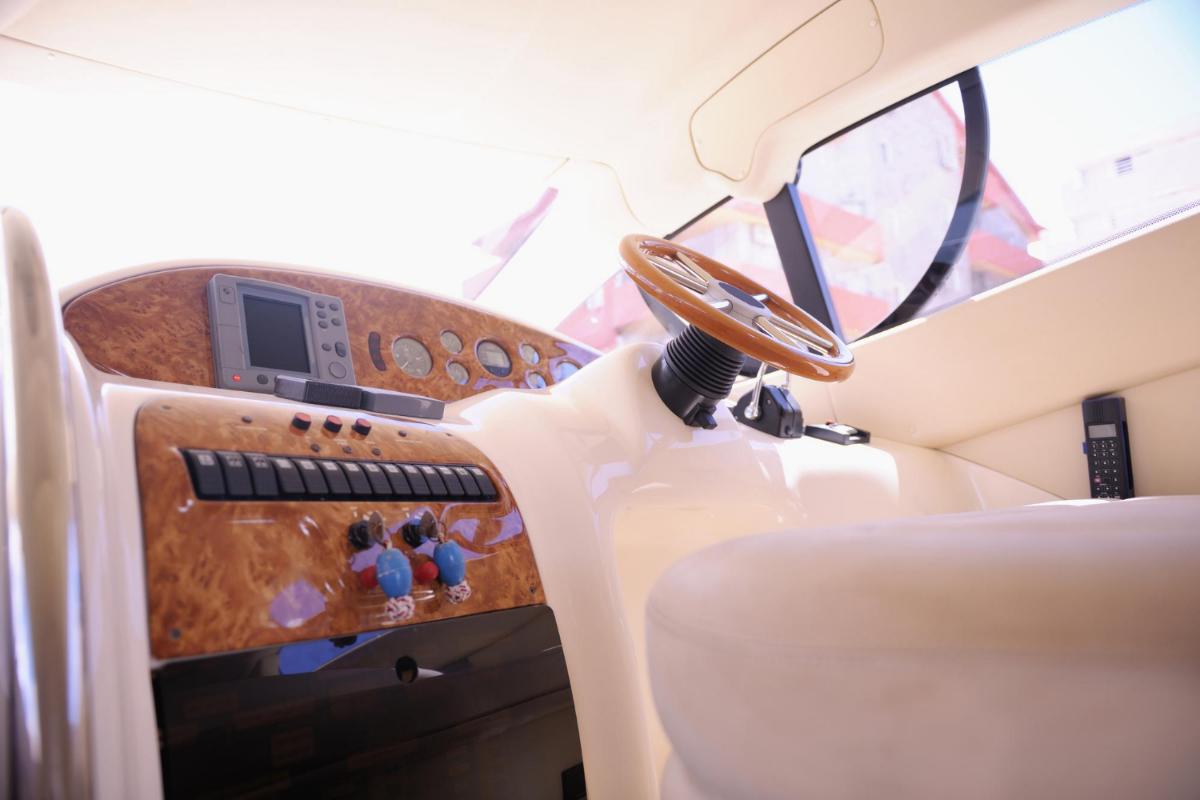Boat Handling Basics

When attempting to operate a boat for the first time, there are numerous things to think about to make the occasion much safer and more pleasant for everyone.
The most essential tip to begin with is this: A boat is not the same as a car. As evident as that may seem, do not anticipate your watercraft to operate as your car. A friend mentioned recently that had they known this before launching their watercraft for the first stretch without a class, they would have experienced fewer issues controlling their vessel.
New boat operators will discover that docking and maneuvering at low speeds are the most difficult challenges. Operating in unrestricted water at higher rates is more straightforward because the craft responds better to the helm. Steering is significantly harder at a lifeless slow speed or floating in neutral. Small single-engine vessels must be in gear to steer. Being in gear with no added throttle is adequate to give you reasonable steering control for docking and maneuvering in close quarters. Our experts on powerboats in Sanford, FL, suggest these tips to assist you in safely handling your boat:
The helm (wheel)
It is critical to understand your helm regarding how much movement you need to turn your boat. Uneducated boaters usually don't employ enough wheel to turn the vessel quickly. In addition, they often fail to bring the wheel around to the center once their turn is almost complete resulting in over-steering. Therefore, it is crucial to have quick hands when operating the helm and never forget to get it back to center before completing the turn.
Shifter(s)
Learn to move efficiently in and out of gear. You can practice this at the dock while tied on securely with a bow, stern, and a spring line. While practicing your shifts, don't use any throttle. The better you become at locating the gear you need, the more straightforward it is to maintain control of the boat.
Slow speed control
Some circumstances demand a slow pace, like when docking. However, you don't need to be in gear permanently, particularly as you approach the dock. Using several quick shifts in and out of gear will allow you to maintain a lower speed and maintain steering control.
Docking
Successful docking is when you consistently control your approach and pace. The goal is to arrive alongside the dock and drift the last several feet until your fenders touch. Be aware of your speed and keep just enough for steering control. Finally, be mindful to avoid boating on those blustery days because it certainly causes docking to be more complicated. Every new boater requires time at the helm to develop their aptitudes and confidence. After you learn the basics, you will be better prepared for windy dockings!
Weather
Not every day is the right day for boating. Two things occur when the wind picks up beyond ten knots: the waves get larger, and docking becomes more complex. Always review the marine forecast for conditions in the location where you will be boating and choose the calm, windless days for education.